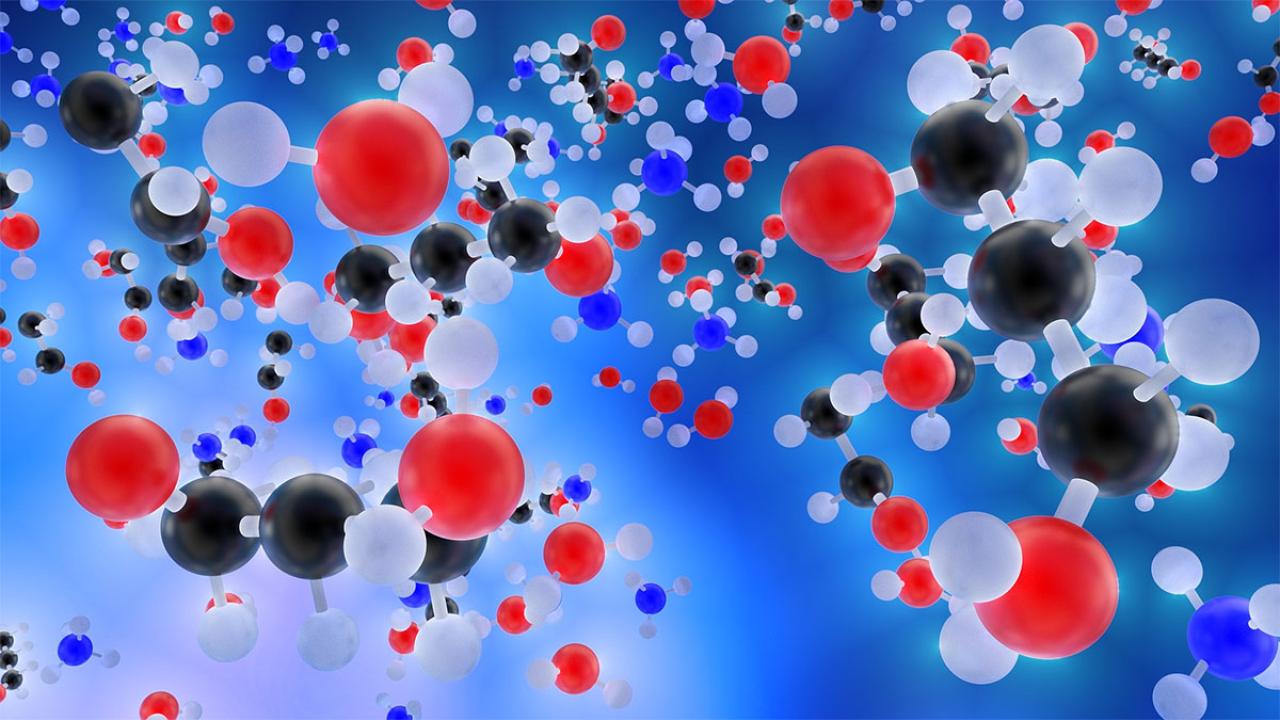
Despite continuous advances in quantum simulation and computing architectures, our theoretical understanding of these platforms still routinely draws from few-body observables. A new approach is needed to align theory with cutting-edge experiments. Marcello Dalmonte, a research scientist with ICTP's Condensed Matter and Statistical Physics section, recently won a five-year grant from the European Research Council (ERC) to investigate the connections between quantum many-body systems and network and data-mining theory.
ERC grants are at the core of the most prestigious basic research funding programme in Europe. Each year, around 1000 grants are awarded across all disciplines and at different levels of seniority. “At ICTP, we already have five ERC grants running (3 in CMSP, 1 in QLS, 1 in HECAP),” adds Dalmonte.
The WaveNet project will focus on searching for insights into the information structure of quantum matter, which is key to developing experimental probing and controlling methods, by establishing new bridges between quantum science and the field of network and data mining theory.
“I believe that this new interdisciplinary connection could answer open questions in both condensed matter physics and quantum information theory.”
“The core of my programme is to open a new research line, aimed at a better understanding of quantum computers and simulators - two emerging branches of science, with potentially groundbreaking impact in physics and beyond,“ says Dalmonte. ”The approach I pursue is to utilize an array of concepts and methods from network science, which are routinely used in a variety of fields, in the realm of quantum mechanics.”
Central to the project are its interdisciplinary aspects, which could help bridge gaps between fields and address issues existing across various disciplines. “I believe that this new interdisciplinary connection could answer open questions in both condensed matter physics and quantum information theory,” adds Dalmonte. “Those range from abstract questions such as ‘How do we characterize a phase (solid, liquid, gas) based only on its "quantum" pictures?’ without any direct assumptions on its properties, to applied questions such as ‘Can I trust the outcome of a quantum computer? If so, to what extent?’ and ‘How do we measure genuine quantum properties, such as entanglement – a spooky action at a distance - in large chucks of matter?’”
“I would like to train a new generation of young scientists with a highly interdisciplinary background, something I feel is fundamental for developing new ideas.”
The broad range of the project allows for the scope to address various hanging problems between network theory and quantum science. “My main goal is to establish a framework based on the network science/quantum matter connection, and understand its essential features so that this can be utilized not only for the applications that I have in mind, but, most importantly, by colleagues interested in other aspects of quantum simulation and computing,” says Dalmonte. “Another very important aspect for me is educational: I would like to train a new generation of young scientists with a combination of solid, basic theory, and a highly interdisciplinary background, something I feel is fundamental for developing new ideas.”
As with any large project, a number of challenges could pop up, and it can be difficult to predict the form these will take. “One challenging aspect, common to other interdisciplinary projects, is to interface efficiently with different communities, so as to understand in depth methods and concepts in both, and develop useful connections,” says Dalmonte. “Another challenge, more specific to my proposal, is that, while it's quite clear how to solve some of our questions computationally, analytical approaches have to be developed from scratch, and that involves quite some risks, as nobody has ever thought about quantum mechanical objects in the context of network theory in the way I envision.”
Winning this type of award has a profound impact on researchers and their field. “It is a recognition that your profile has a strong credibility in the community, and, equally importantly, that your project is perceived as something that can have a groundbreaking impact in the field,“ adds Dalmonte. “Both aspects mean a lot to me. It is one of the rare occasions where a project is fully judged based on its science.”
















